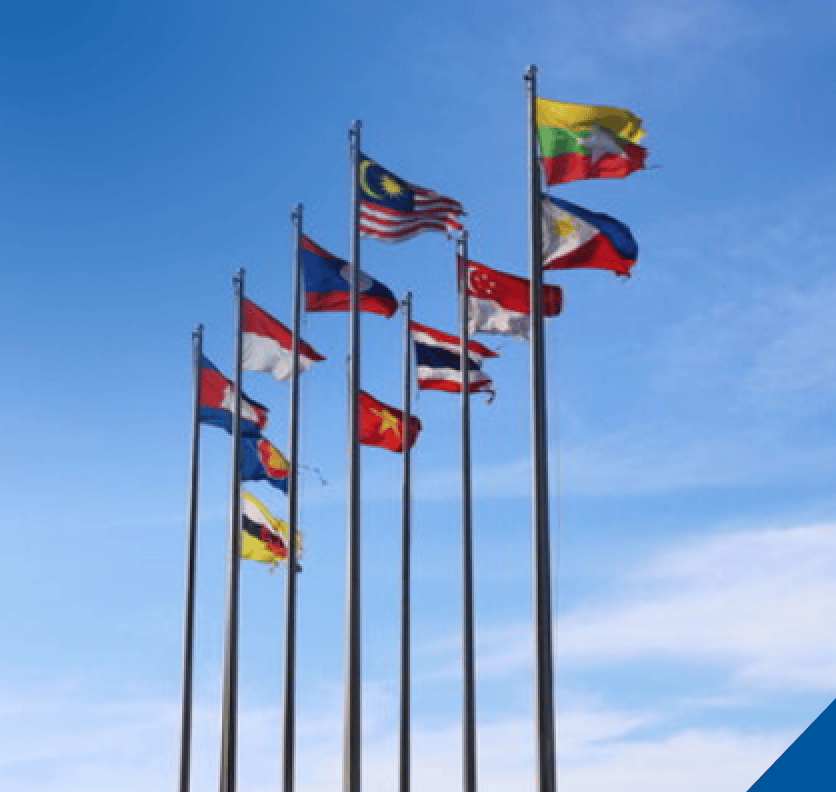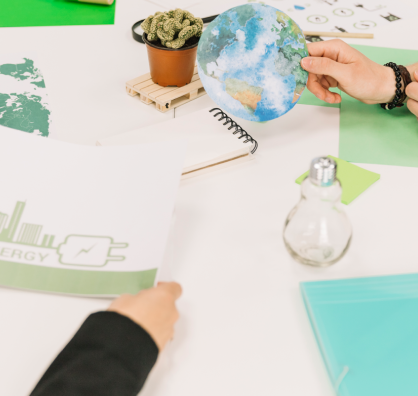[vc_row css=”.vc_custom_1565542682041{margin-right: 0px !important;margin-left: 0px !important;}”][vc_column css=”.vc_custom_1565542696462{padding-right: 0px !important;padding-left: 0px !important;}”][vc_single_image image=”9633″ img_size=”1440X330″ el_class=”banner-event”][/vc_column][/vc_row][vc_row css=”.vc_custom_1565542751414{margin-right: 0px !important;margin-left: 0px !important;}”][vc_column width=”1/4″][/vc_column][vc_column width=”1/2″ css=”.vc_custom_1565622195563{padding-bottom: 50px !important;}”][vc_column_text el_class=”title-event”][post_title][/vc_column_text][vc_column_text el_class=”author-pers”]By Gabriella Ienanto, Richard and Zulfikar Yurnaidi[/vc_column_text][vc_column_text el_class=”date-venue-news”][post_date][/vc_column_text][vc_column_text el_class=”text-par-news”]The world’s population continues to increase rapidly and is predicted to skyrocket in the future, with Southeast Asia as one of the centres of its growth. According to the 6th ASEAN Energy Outlook (AEO6), ASEAN is predicted to have 768 million inhabitants in 2040. With such a large population, innovations – coupled with collaborations – are needed so that the needs for food, water, and energy can be met sustainably. In determining sustainable energy planning, four important aspects must be considered, namely energy security, accessibility, affordability, and sustainability.
Energy Security
International Energy Agency (IEA) defines energy security as “the availability of an uninterrupted energy sources at an affordable price”. As a region rich in natural resources, ASEAN can achieve energy security by making good use of the available natural resources. Into foreseeable future, ASEAN Member States (AMS) would still rely on fossil fuels as primary energy supply. The fossil fuel-based energy system, though, might face unprecedented challenge in the future. According to AEO6, ASEAN is now a net oil importer already, and projected to become a net importer of natural gas and coal by 2024 and 2035, respectively. Although the reserves-to-production (R/P) ratio is declining very fast, the AEO6 projected that ASEAN will still rely heavily on fossil fuels until 2040. Hence, it is important for ASEAN to embrace all resource options to secure the energy supply.
Energy Accessibility
Having access to energy is essential for both economic and social development. As stated in Sustainable Development Goals (SDG) 7, access to energy – especially clean and sustainable energy – is critical to improve health and livelihoods of the society. AEO6 reported the great effort of AMS to fulfil the people’s right of having access to energy. Such efforts have resulted in good progress, as five ASEAN countries have reached 100% electrification ratio, namely Brunei Darussalam, Malaysia, Singapore, Thailand, and Vietnam. Another frontier of energy access is clean cooking. Albeit a gap observed in Baseline Scenario of AEO6, an additional SDG Scenario is explored to examine full switch from traditional stoves to LPG, electric, natural gas or biogas stoves by 2030.
Energy Affordability
Good access to energy is not enough. Affordability is another key factor to ensure high quality of life. The definition of ‘affordable’ might differ between AMS due to several factors, such as resource availability, economy, and other challenges unique to each country. Currently, to supply a good quality yet affordable energy, AMS mainly relies on fossil fuels. However, as the cost of renewable energy technologies decrease rapidly, the energy transition to cleaner energy would not involve trade-offs between environmental and economic priorities. According to International Renewable Energy Agency (IRENA), electricity cost from solar PV reached nearly USD 0.068/kWh in 2019, while onshore and offshore wind power fell to USD 0.053/kWh and USD 0.115/kWh, respectively.
Energy Sustainability
Countries around the world, including in ASEAN, have identified sustainability as a core element of economic development, including energy planning. Among the various issues on sustainability, climate change becomes the most prevalent in recent years. AEO6 reported that electricity and transport sectors are the biggest CO2 emitters in ASEAN. Both sectors will account for 42% and 25%, respectively, of total GHG emissions in 2040. Without significant reduction of GHG emissions, the region could face serious climate change impacts, as ASEAN being a high climate-disaster risk region.
Achieving Energy Security, Accessibility, Affordability, and Sustainability through Energy Cooperation
The four interconnected aspects above are crucial pillars of energy development. ASEAN has considered those pillars in its regional blueprint, the ASEAN Plan of Action for Energy Cooperation (APAEC) Phase I: 2016-2025. In November 2020, ASEAN Ministers of Energy just endorsed APAEC Phase II: 2021-2025, along with the AEO6. APAEC Phase II retains the theme of “Enhancing Energy Connectivity and Market Integration in ASEAN to Achieve Energy Security, Accessibility, Affordability and Sustainability for All”, and adds a sub-theme of “Accelerating Energy Transition and Strengthening Energy Resilience through Greater Innovation and Cooperation.”
APAEC Phase II focuses on seven key areas, namely ASEAN Power Grid (APG), Trans-ASEAN Gas Pipeline (TAGP), Coal and Clean Coal Technology (CCT), Energy Efficiency and Conservation (EE&C), Renewable Energy (RE), Regional Energy Policy and Planning (REPP), and Civilian Nuclear Energy (CNE). Under APAEC Phase II, ASEAN is strengthening collaborations between AMS to enhance connectivity, energy security, and sustainability.
Interconnection projects related to APG and TAGP are established to ensure that energy supply in each country is secure and sustainable. APAEC Phase II also leads the implementation of CCT as an effort for energy transition, noting that coal is regarded as affordable energy source in the region.
The AMS are showing great efforts in increasing RE deployment. Under APAEC Phase II, all programme areas will contribute to achieve the 23% RE share in TPES by 2025. This will lead to the improvement of energy access and sustainability in ASEAN, as well as job creation. APAEC Phase II will also focus on building human resource capabilities and increase public awareness in CNE programme. Nuclear can provide a reliable source of baseload energy, thus improving energy security in ASEAN.
Beside increasing the deployment of clean technologies, EE&C would play a big role in energy transition as it is the most effective way to enhance energy security and tackle climate change issue. Under APAEC Phase II, the energy intensity is to be reduced by 32% in 2025. By doing so, the total energy use is expected to decline while reducing environmental impacts, thus increasing national energy security and overall economic productivity. The REPP programme then aims to form better partnerships, both regionally and internationally.
The blueprint also sets various energy cooperation activities to achieve the goals of APAEC Phase II. Related studies are designed as well to help guide the region in addressing energy security, environmental sustainability, economic competitiveness, and international cooperation. Noting the importance of energy security, accessibility, affordability, and sustainability, AMS have implemented various plans that adhere to these four pillars and will continue to do so to accelerate energy transition.[/vc_column_text][vc_column_text el_class=”photo-caption-news”](Photo Credit: Matthew Henry, Unsplash)[/vc_column_text][/vc_column][vc_column width=”1/4″][/vc_column][/vc_row]











